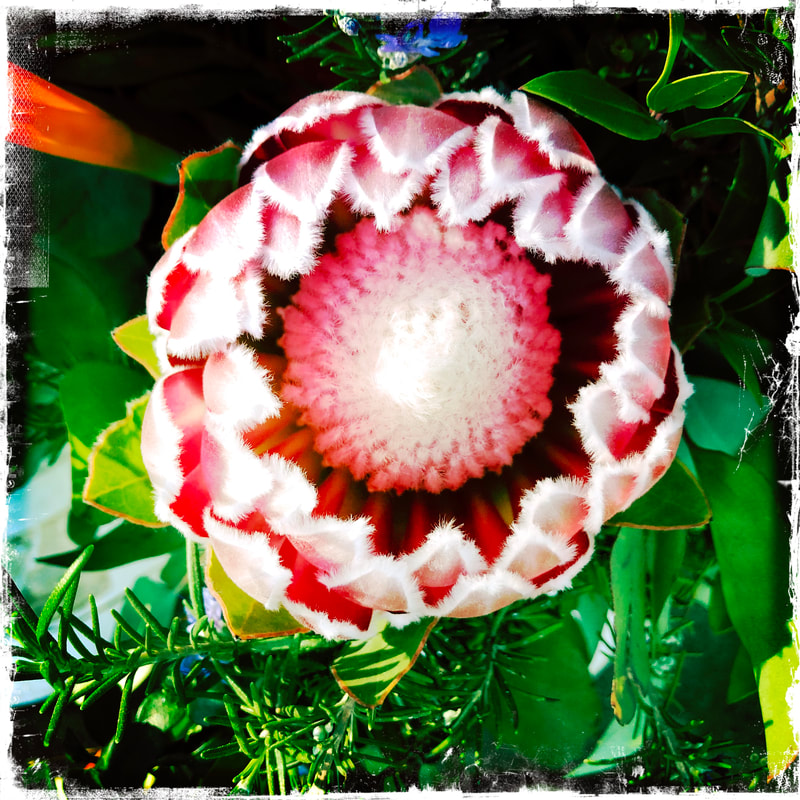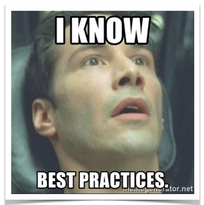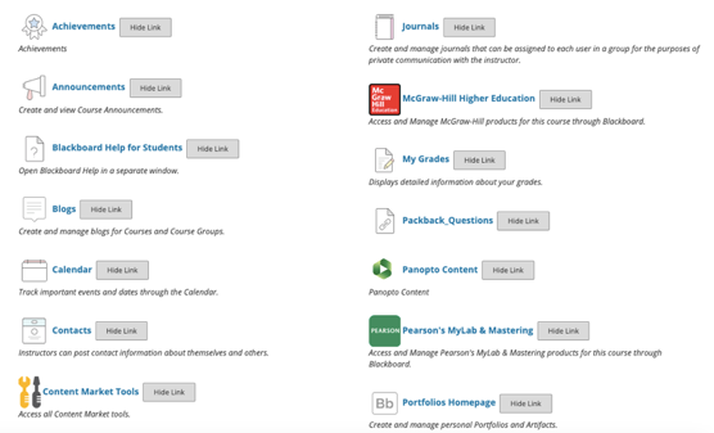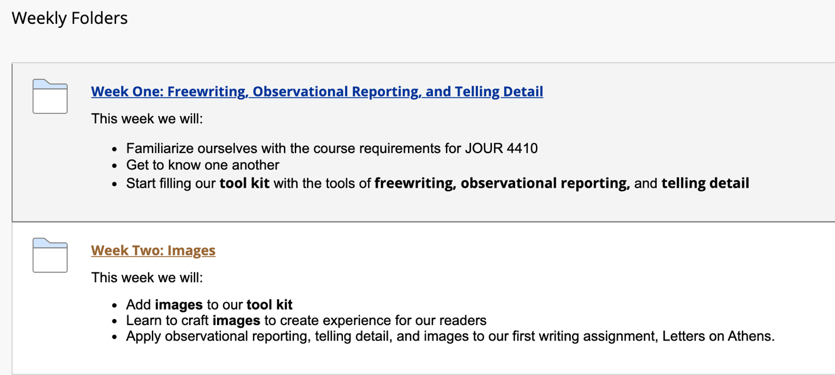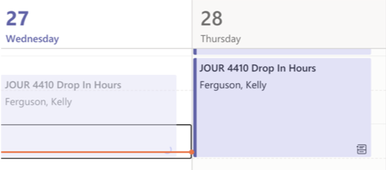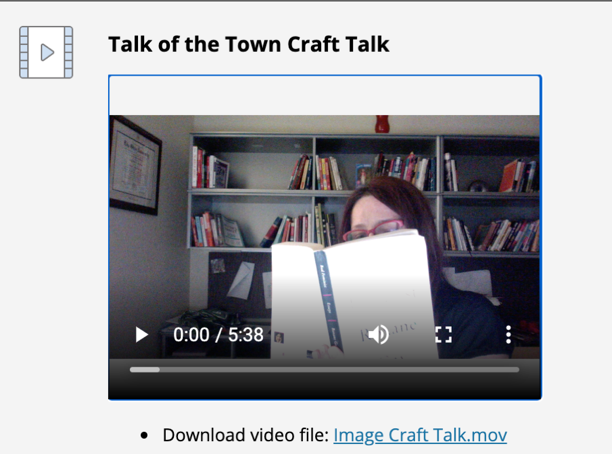ASSAY: A JOURNAL OF NONFICTION STUDIES
7.2
7.2
ObjectivesBy the end of this essay you will be able to:
|
|
Dr. Kelly K. Ferguson is the author of My Life as Laura: How I Searched for Laura Ingalls Wilder and Found Myself (Press 53). Her work has appeared in The Gettysburg Review, New England Review, McSweeney’s Internet Tendency, mental_floss magazine, and other publications. In the past ten years she has moved from southern Louisiana to southern Ohio back to southern Louisiana to southern Utah back to southern Ohio, where she is Assistant Professor of Magazine Media in the E.W. Scripps School of Journalism.
|
